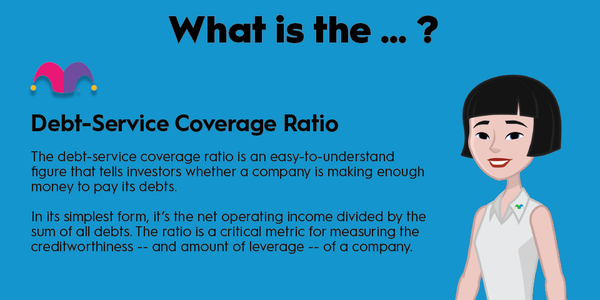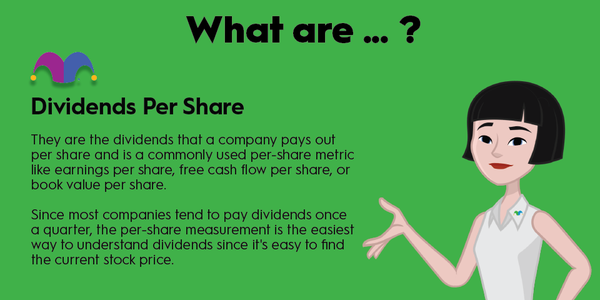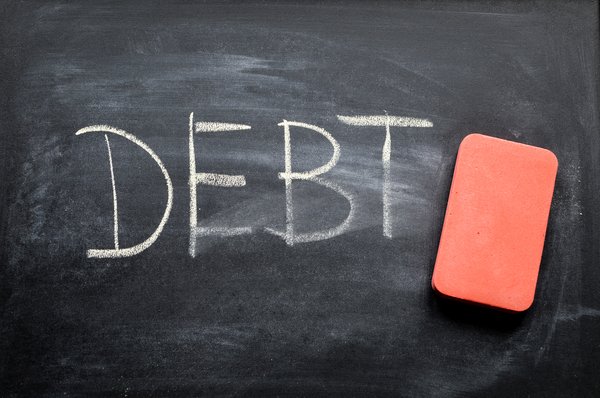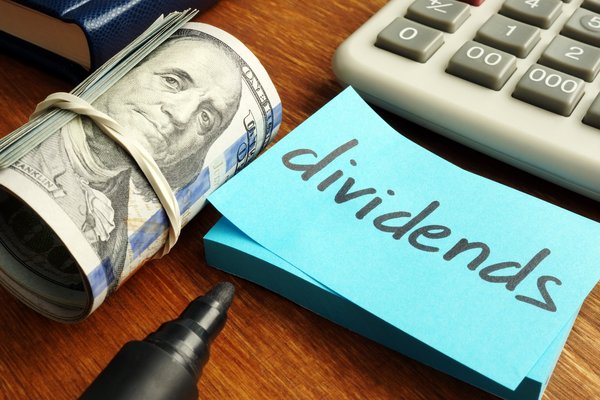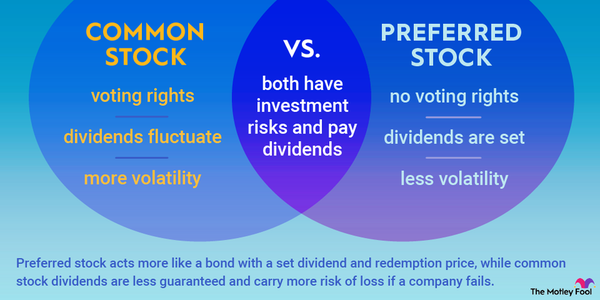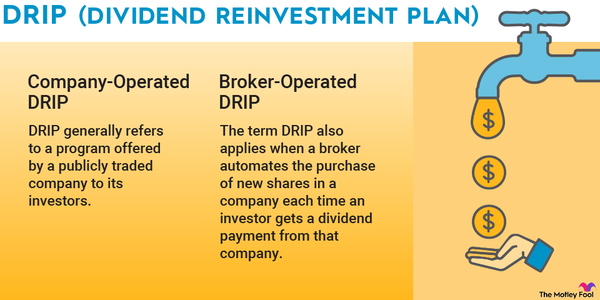The dividends received deduction (DRD) is a U.S. federal corporate tax deduction. It allows corporations to deduct a portion of the dividend income they receive from a related entity on their taxes. The deduction shields a company from the potential of triple taxation on that dividend income.
Here's a look at the dividend received deduction, how it works, its importance, and some examples.
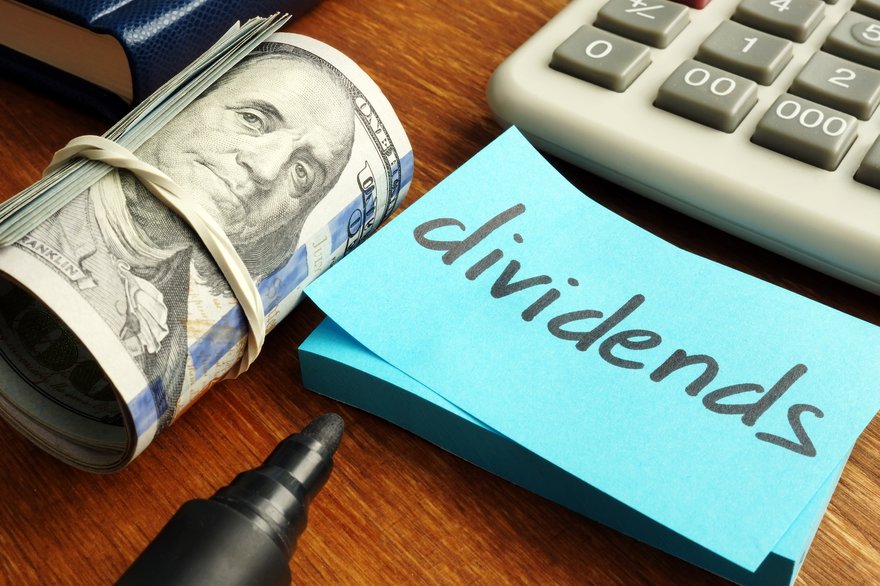
What is the dividends received deduction (DRD) for corporate taxes?
What is the dividends received deduction (DRD) for corporate taxes?
The dividends received deduction (DRD) allows corporations to deduct as much as 100% of the dividend income they receive from a related entity on their taxes, preventing the potential for triple taxation.
The deduction comes in tiers. In addition, the company paying the dividend must meet certain qualifications for the receiver to use the DRD.
How does the dividends received deduction work?
How does the dividends received deduction work?
Corporations can deduct a portion of the dividend income they receive from a related entity if they meet the following criteria:
- The dividend must be from a corporation that's not a real estate investment trust (REIT) or a company exempt from taxation under section 501 or 521 of the Internal Revenue Code. It also can't be a capital gain dividend from a regulated investment company.
- The dividend must be paid by a U.S. corporation. Dividends paid by foreign corporations have different deduction rules. Corporations can typically deduct 100% of the dividends from a 10%-owned (or more) foreign entity. However, they must own the foreign company's stock for at least one full year.
In addition to those qualifications, the dividends received deduction has tiers based on the ownership level. The tiers are as follows:
- Less than 20% ownership: If the corporation owns less than 20% of the outstanding shares of the company paying the dividend, it can deduct as much as 50% of the dividend received.
- 20% to 80% ownership. If the corporation owns 20% to 80% of the company paying the dividend, the DRD is 65%.
- 80%+ ownership: If the corporation owns more than 80% of the company paying the dividend, it can deduct 100% of the dividend income.
Why is the dividends received deduction (DRD) important?
Why is the dividends received deduction (DRD) important?
The dividends received deduction helps reduce the potential impact of triple taxation of dividend income. Triple taxation would occur when:
- The company paying the dividend paid taxes on the income.
- The company receiving the dividend pays taxes on the payment.
- The company receiving the dividend makes a dividend payment to its shareholders, who pay dividend taxes.
The DRD enables the company receiving the dividend to shield as much as 100% of that income from taxes. The deduction helps alleviate the potential burden of triple taxation of the income used to pay dividends to the ultimate shareholders.
Related investing topics
Examples of the dividends received deduction
Examples of the dividends received deduction
A large technology company owns a 50% joint venture (JV) interest in another company. The JV pays the large tech company a $1 billion dividend from its profits. Given its ownership level, the technology company can take a dividends received deduction of $650 million on the dividend income, helping shield that portion of the dividend from taxes.
A conglomerate owns various interests in several other companies, including a 15% stake in an oil company and 85% of a REIT's outstanding shares. The oil company and the REIT each pay the conglomerate a $1 billion dividend. It can deduct 50% of the dividends received from the oil company ($500 million). However, it cannot deduct any of the dividend income received by the REIT.



